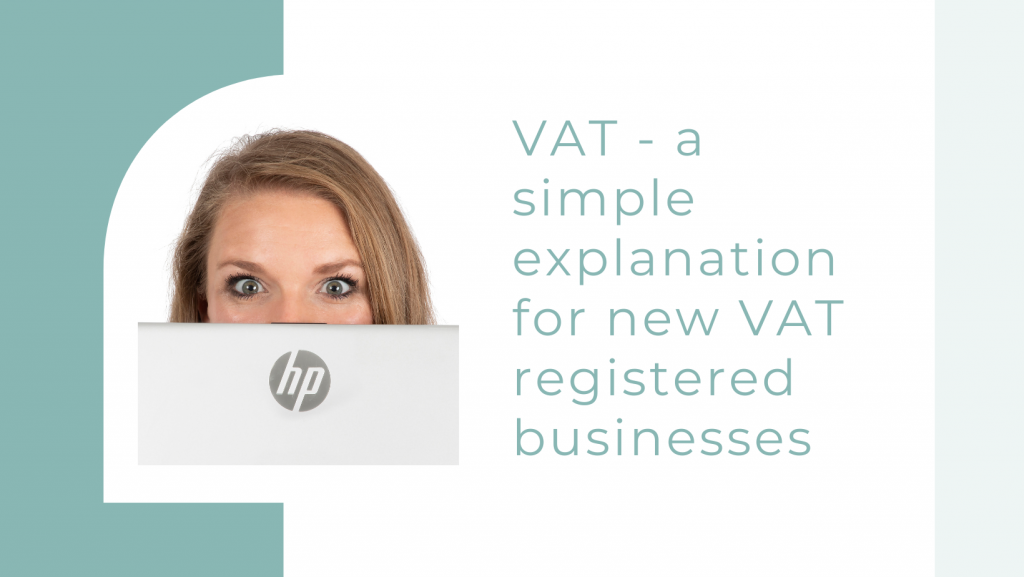VAT is a term that can cause complications and confusions to many business owners, as well as private individuals. Often, we have been paying VAT without even knowing it as you do not always need to know that you have got VAT on products and services as an individual but when you become a business owner it can become quite a complex area. This guide is designed to reduce some of the confusion.
What is VAT?
VAT stands for value added tax and is the general tax on most products and services that are sold. The idea behind VAT is that the consumer pays a tax on products and services that they buy. This is why it can also be known as consumption tax. This means that the tax is paid by the customer and not the business. Businesses add VAT onto their prices as an additional cost, and essentially collect this on behalf of HMRC to pay over. Therefore, it is useful to always keep in mind that the VAT element is never the business owners.
VAT rates are percentages and are added to the price of the product or service.
When should a business charge VAT?
Businesses should charge VAT when their total income exceeds £85,000. If your turnover goes over this threshold in a 12-month period, you must register for VAT within 30 days. This threshold of £85,000 does not reset at the tax year or at your new financial year. This is a 12-month rolling basis which means any point in the last 12 months from the date that you look at it.
Once you are VAT registered with HMRC you will always be VAT registered until you can de register. To de register, the turnover in a 12-month period must be below £83,000. The VAT de registration threshold is lower than the registration threshold to avoid businesses around this mark having to register and de register. Once you are VAT registered you much charge the correct VAT on all products and services. VAT is not an option when you reach this threshold, and you cannot avoid registering. You can opt to register before this threshold if it benefits your business.
How do I charge VAT?
Charging VAT is easy, all you have to do is add the VAT onto the cost of your product or service. In retail this might just be increasing the price, depending on how you invoice or charge for the products or services currently. If you charge on invoices then it can be added on here.
The customer will pay the total price and then the business owner will set aside the VAT amount. Always remember that this is HMRCs, and you must pay this over. VAT is not income and it does not go on your profit and loss.
How do I register for VAT?
Registering for VAT can be done on the HMRC website. You will then be given a VAT registration number which you must include on documentation. You will then have to submit VAT returns monthly, quarterly or annually.
Complications
Of course, it can be stressful with the complications of various VAT rates and schemes.
The standard rate in the UK is 20%, but some goods and services qualify for a reduced rate of 5% or are even exempt. The details and list is extensive so it is best to speak to an accountant or bookkeeper for support.
If you want to have a look at the details for yourself you can look on this link below;
https://www.gov.uk/how-vat-works/how-much-vat-you-must-charge
There are schemes that might make things easier if you are a small business or if you have overseas income.
The Flat Rate Scheme makes life easier by letting you pay a fixed percentage based on your industry but this is only applicable to businesses with a turnover of less than £150k including VAT.
There are other schemes for retails businesses or if you sell second-hand goods.
Take a look here https://www.gov.uk/how-vat-works/vat-schemes for more information and chat to your accountant.
Please do get in touch for any support or questions you have around VAT.
Get ahead, get it done.
Get in touch if you would like support with completing your tax return.
Ask me for my FREE 22/23 Tax Return Checklist
Thank you for reading this weeks blog – VAT – A simple explanation for new VAT registered businesses.
Flo
